
Habitat loss is a major threat to wildlife around the world. Many species need vast areas of pristine forest for their wellbeing. Others migrate every year across long terrestrial corridors. Others also continue to live in fear of deforestation and illegal hunting.
One theme you might notice habitat loss. That is probably the greatest threat to most wildlife, other than to hunt. And animals may be much safer from hunters when they have enough forest to hide in.
There are many ways in which you can help protect these species. One of the easiest ways of getting started is by protecting the earth we share. Easy ways of doing so include purchasing sustainable goods (such as those made without palm oil), reducing single-use plastics, reducing water use, and volunteering at a Wildlife Rehabilitation Center.

The Mitchell’s satyr butterfly
The Mitchell’s satyr butterfly is found only in Michigan and Indiana and is limited to rare wetlands known as fens. It can be easy to recognize by its wings which feature orange-ringed black circular eyespots.
Habitat destruction is the primary cause as for why the Mitchell satyr is endangered. Due to the urban and agricultural development, much of its wetland habitat has been drained and filled. Fens are also vulnerable to pesticide waste, fertilizer, and other pollutants. Furthermore, the butterfly collectors may have decimated certain species.
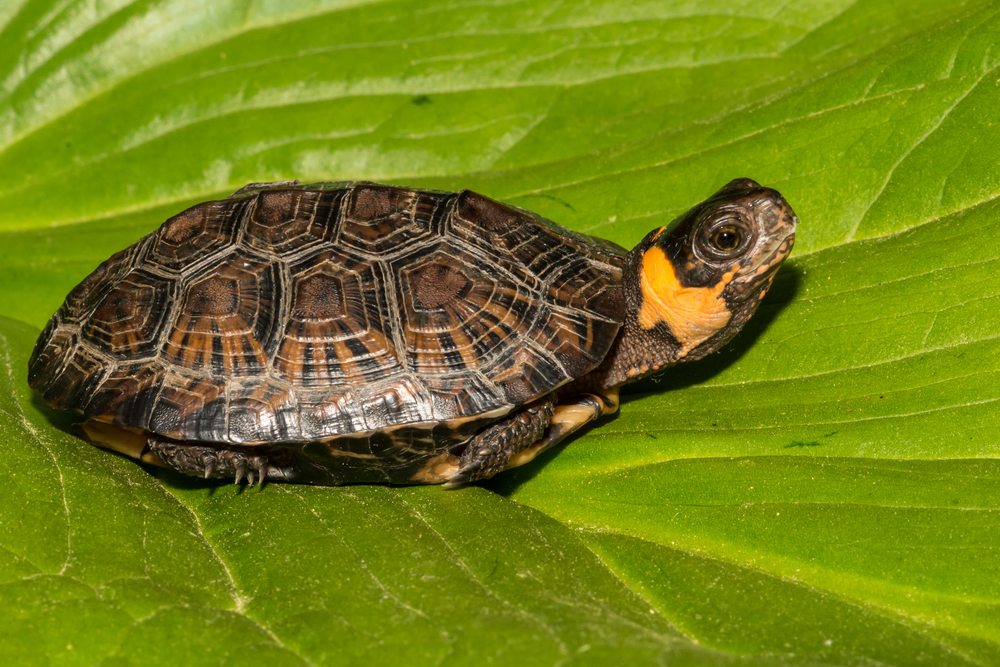
Bog turtles
Bog turtles are endangered because of the damage to their wetland habitat. They are in demand in the pet trade as well. Moreover, there are two separate populations of bog turtles living in marshes and swamps in regions ranging from the southeastern foothills of Appalachia to western Massachusetts.
Habitat destruction is a major threat to the species.
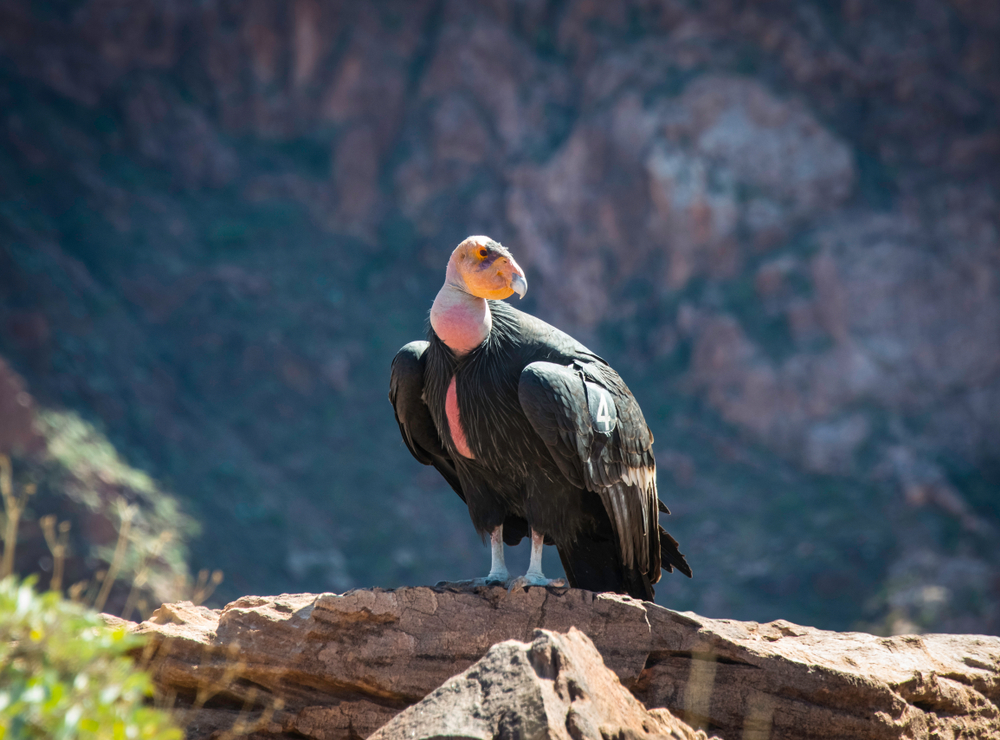
California condors
California condors almost died for good in the 1980s but they were brought back from the brink of extinction through an extensive captive breeding program. By 1987, California condors— commonly found in the between British Columbia and Baja California— were extinct.
The last six wild species members were rescued that year for a breeding recovery new program. Fortunately, the program was successful, bringing in 223 birds by 2003. The loss of the species was due to lead poisoning (from accidental ingestion of bullet fragments stuck in carcasses) and decreased eggshell thickness associated with the ingestion of the DDT pesticide.
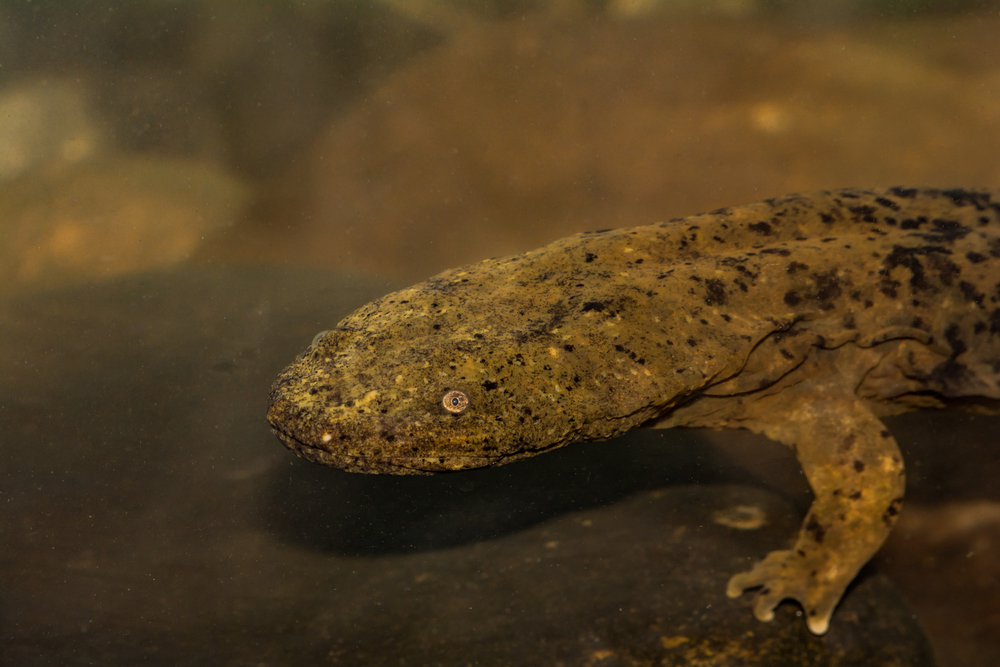
The Ozark hellbender
A large, aquatic salamander found in Missouri and Arkansas is called the Ozark hellbender. The Ozark hellbender is a massive, aquatic salamander able to live in the wild for up to 30 years.
The species is found only in southern Missouri and northern Arkansas, and lives in the watershed of the White River. In addition to ore and gravel mining, the nutrient and toxic runoff destroy its habitat. Populations in Missouri are also affected by an infectious fungus.

The Kanab amber snail
The Kanab amber snail can only be found in Utah and in Grand Canyon National Park in Arizona. For food and shelter, the Kanab amber snail uses wetland plants, receding into their shells during the winter.
They are an endangered mollusk found in Kanab, Utah, and Grand Canyon National Park in Arizona. These snails are a hermaphroditic species, capable of self-fertilization if they can not find a mate.
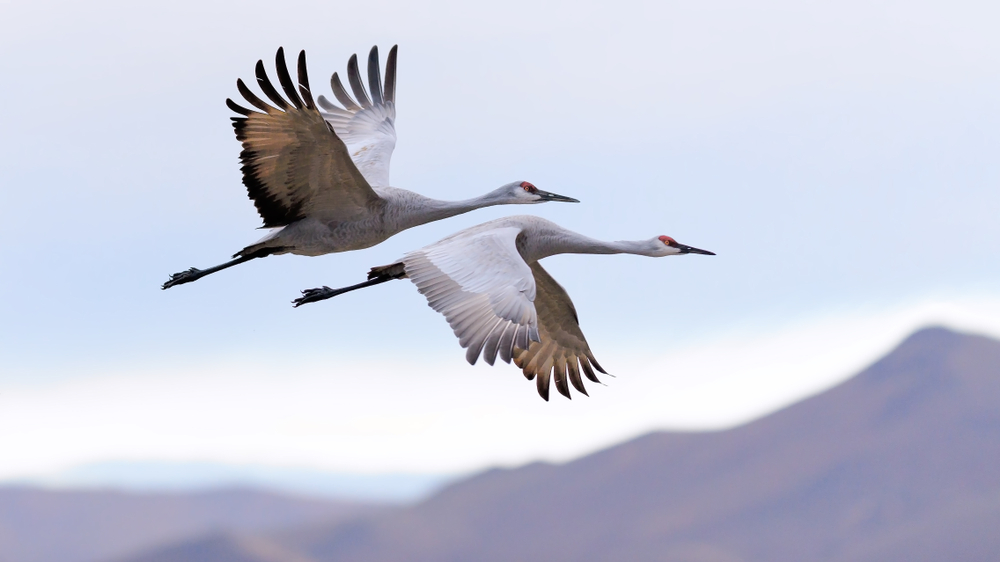
Sandhill cranes
Mississippi sandhill cranes, which are critically endangered, can only be found at a wildlife refuge in Jackson County, Mississippi, where about 100 individuals live. Historically, the range of population spread from the Gulf coastal plain from southern Louisiana to the western Florida panhandle.
After World War II, much of the habitat of the species was lost when the open pine savanna was converted to pine plantations.

The coral pink sand dunes tiger beetle
The coral pink sand dunes Tiger Beetle is now critically endangered and can only be found in Utah. Its habitat is especially threatened by off-road vehicles and water shortages due to climate change.
Only in Utah’s Coral Pink Sand Dunes State Park can one find the coral pink sand dunes tiger beetle. Although two conservation areas and an offroad vehicle ban have been established, the species continues to be critically endangered due to its small size of the range.
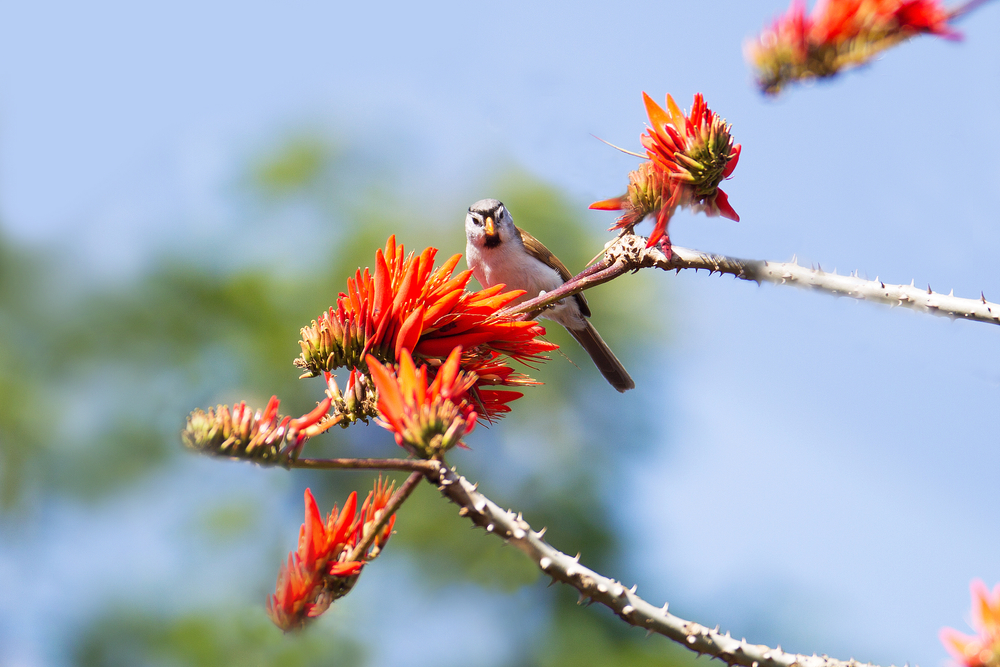
The Maui parrotbill
To avoid threats from feral pigs and deer, the whole population of the Maui parrotbill is fenced in. In 1945, the feral pigs started to invade the habitat of the species and continued to threaten the parrot bill until 1995, spreading disease-carrying mosquitos.
This endangered species faces a number of threats including feral pigs, deer, hurricanes, and general degradation of the environment. The Maui parrotbill species now live in a protected area on Maui Island, Hawaii.

The Florida cave shrimp
The Florida cave shrimp is found only in a single Florida limestone cave and was last seen there in 1973. Since the cave shrimp is found only in one cave, its habitat is expected to face threats as Gainsville expands. The expansion may have an effect on ground-water quality in the region due to storm water runoff, waste disposal and use of fertilizer.
In 1953, the first cave shrimp in Florida was found, then again in the 60s and 70s, with the last reported species documented in 1973. Even the cave shrimps are put at risk by an invasive species of fish found in the cave.
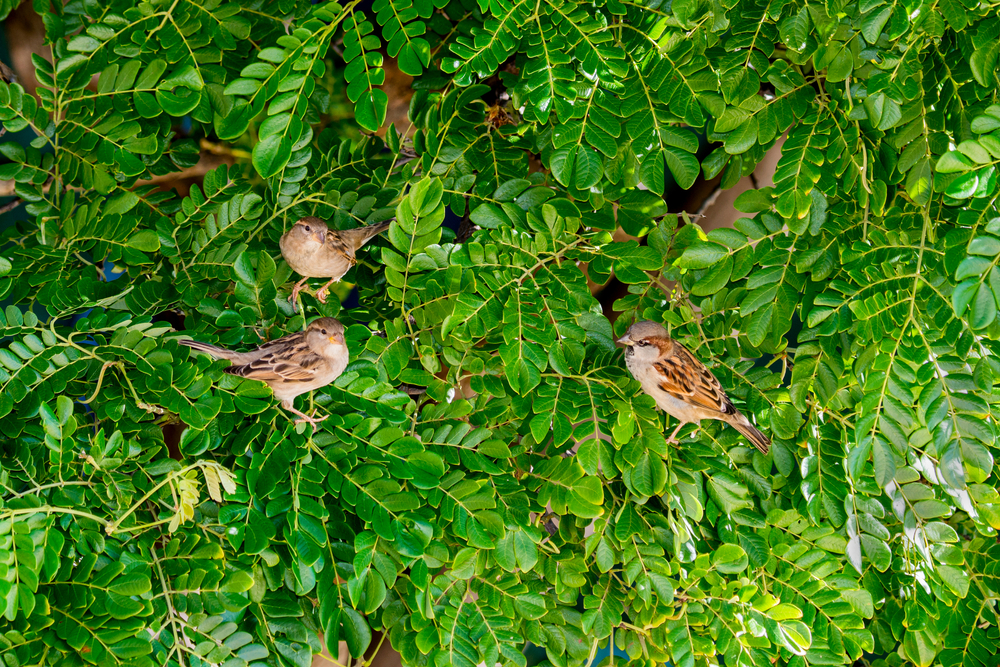
The Akohekohe
The Akohekohe, or crested honeykeeper, is Maui ‘s largest bird of its kind and is primarily threatened by deer. Extreme weather is likewise a persistent threat to the bird as a result of climate change.
The species Akohekohe lives in the Maui forests and is endangered by habitat loss and disease-carrying mosquito found in the lowlands. Only an estimated 3,800 mature individuals exist which places the species on the critically endangered list of the IUCN.











































